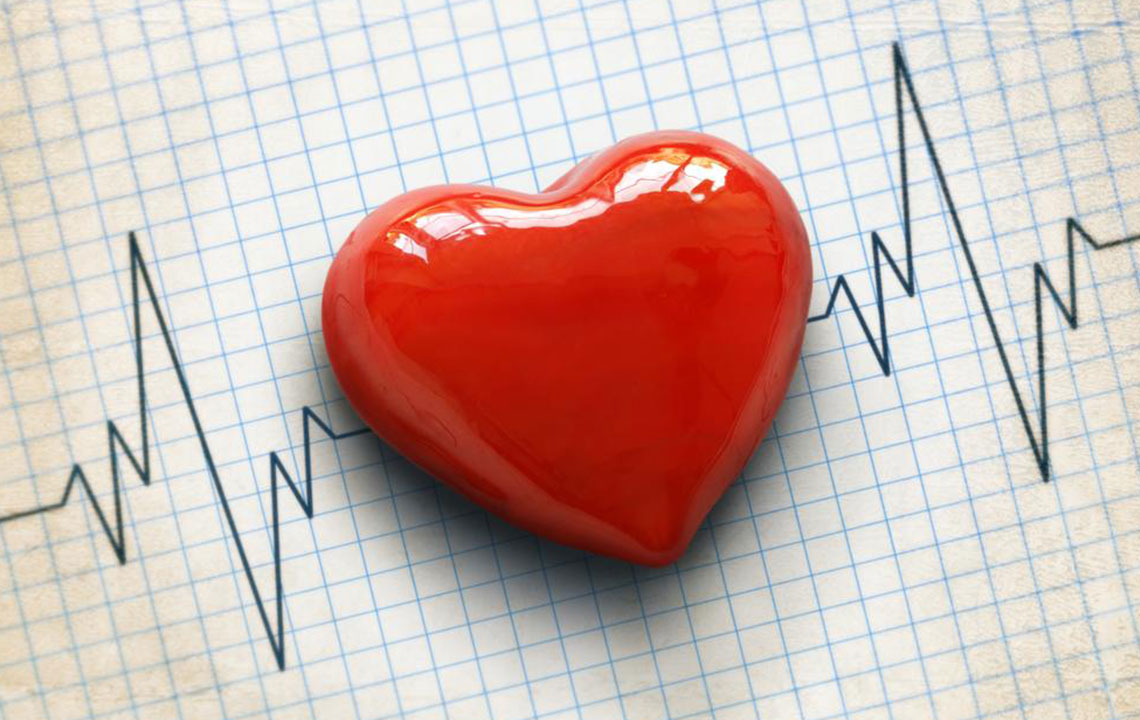Difference Between HDL and LDL Cholesterol: What You Need to Know
Discover the key differences between HDL and LDL cholesterol, their impacts on heart health, and how to manage levels through diet and lifestyle. Learn the importance of maintaining the right balance to prevent cardiovascular diseases and promote overall wellness.

Cholesterol is a fatty substance essential for producing vitamin D, hormones, and aiding digestion via bile. Its transport involves two main carriers: high-density lipoprotein (HDL) and low-density lipoprotein (LDL). Additionally, very low-density lipoproteins (VLDL) carry triglycerides from the liver. HDL, often called "good cholesterol," helps remove cholesterol from arteries, supporting heart health. Conversely, LDL, known as "bad cholesterol," can cause artery blockage. Monitoring and optimizing these levels are crucial for maintaining cardiovascular wellness.
Keeping HDL high and LDL low minimizes risks of strokes, heart disease, and vascular problems. VLDL, which transports triglycerides, also influences health. Achieving this balance involves dietary choices, medical guidance, and lifestyle adjustments.
Cholesterol level standards include:
LDL:
Less than 100 mg/dL — Optimal
100-129 mg/dL — Near optimal/Above optimal
130-159 mg/dL — Borderline high
160-189 mg/dL — High
190 mg/dL and above — Very high
HDL:
Less than 40 mg/dL — Increased risk
40-59 mg/dL — Moderate protection
60 mg/dL and above — Heart health boost
Maintaining healthy cholesterol involves a balanced diet with fruits, vegetables, whole grains, and minimizing red meat and saturated fats. Lifestyle changes are vital to prevent blood vessel issues and support cardiovascular health.
Disclaimer:
This article provides general health information based on current research but does not replace professional medical advice. Always seek guidance from healthcare providers for personal health concerns.


